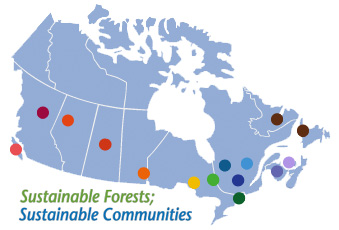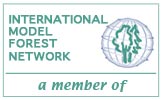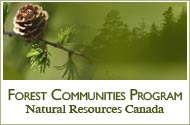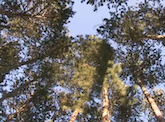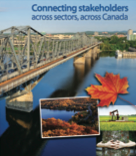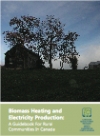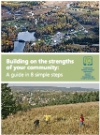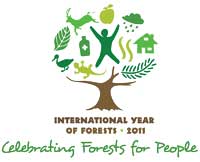Two Nuu-chah-nulth families have invested in building these model homes and the design process, with the help of architect David Wong, is already nearing completion, and work on a draft financial plan to ensure this vision is turned into reality is ongoing.
For more on this project, see:
Facebook: www.facebook.com/pages/Green-Culturally-Appropriate-Building-Design/142955292472425
Ecotrust Canada Website: ecotrust.ca/clayoquot-fcp/green-and-culturally-appropriate-building-design
Or contact:
Jaime Sanchez, MCIP, Community Planner, Ecotrust Canada
Tel: 250.585.2271
Email: This e-mail address is being protected from spambots. You need JavaScript enabled to view it
The project is funded in part by: Real Estate Foundation British Columbia; Vancouver Foundation; and Natural Resources Canada.
The Green and Culturally Appropriate Building Design Project forms part of the Clayoquot Forest Communities Program “Qwii-qwiq-sap: ‘Standing Tree to Standing Home’” initiative. (For more on that, see ecotrust.ca/communities/qwii-qwiq-sap-standing-tree-standing-home).
